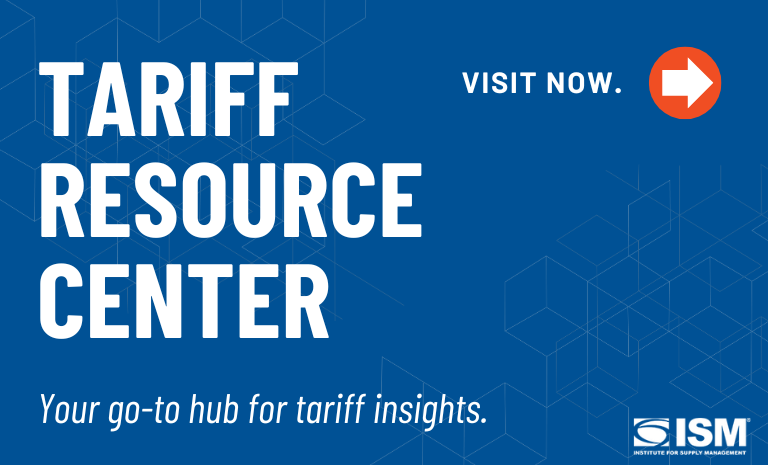Tariffs Deals: Canada in the Works, and an EU Agreement

The U.S. and Canada are slated to meet today in Washington, D.C. to discuss tariffs. On July 31, President Donald Trump signed an executive order increasing tariffs on Canadian goods from 25 percent to 35 percent; the increase took effect August 1.
On Friday, Canadian prime minister Mark Carney announced that the country is dropping some retaliatory tariffs on U.S. products to align with U.S. tariff exemptions under the United States-Mexico-Canada Agreement.
Carney and Trump reportedly spoke by phone on Thursday, and, according to NPR, “We had a very good call,’ Trump said Friday. “We are working on something. We want to be very good to Canada.”
Canada-U.S. trade minister Dominic LeBlanc “has said the retaliatory tariffs were a major sticking point in negotiations ahead of U.S. President Donald Trump's decision to boost duties on Canada to 35 per cent earlier this month,” according to a CBC article.
Canada’s lift on the retaliatory tariffs is expected to help facilitate further trade talks.
EU-U.S. Trade Deal
The U.S. will impose 15-percent tariffs on pharmaceuticals imported from the European Union (EU), according to a trade agreement announced Thursday. Previously, Trump had threatened the EU, one of the U.S. largest trade partners, with 250 percent tariffs on pharmaceuticals.
According to the agreement, 15 percent duties will also be levied on EU-imported semiconductors, which had been threatened with tariffs of 100 percent, as well as cars and auto parts (previously at 27.5 percent), and lumber.
According to a statement from the European Commission, “The European Union intends to eliminate tariffs on all US industrial goods and to provide preferential market access for a wide range of U.S. seafood and agricultural goods, including tree nuts, dairy products, fresh and processed fruits and vegetables, processed foods, planting seeds, soybean oil, and pork and bison meat.”
Ursula von der Leyen, the European Commission‘s president, said in a statement, “Faced with a challenging situation, we have delivered for our member states and industry, and restored clarity and coherence to transatlantic trade. This is not the end of the process, we continue to engage with the U.S. to agree more tariff reductions, to identify more areas of cooperation, and to create more economic growth potential.”
Extra Points
In other tariff news, imported furniture may be the next item to be slapped with tariffs. Trump recently announced his intention to do so later in the year in a social media post, stating: “Within the next 50 days, that investigation will be completed, and furniture coming from other countries into the United States will be tariffed at a rate yet to be determined.”
He further stated, “This will bring the furniture business back to North Carolina, South Carolina, Michigan, and states all across the union.” Some furniture companies have experienced stock drops.
If furniture tariffs are enacted, prices would likely rise.
Prices are already rising on many other goods due to tariffs. For example, the 50-percent tariff on aluminum and steel will impact “derivative goods” like baby strollers, according to a CNN article.
The board game industry is also being impacted. Many afficionados are discovering that some game publishers/manufacturers have halted production in response to the trade war with China, The New York Times reported.

